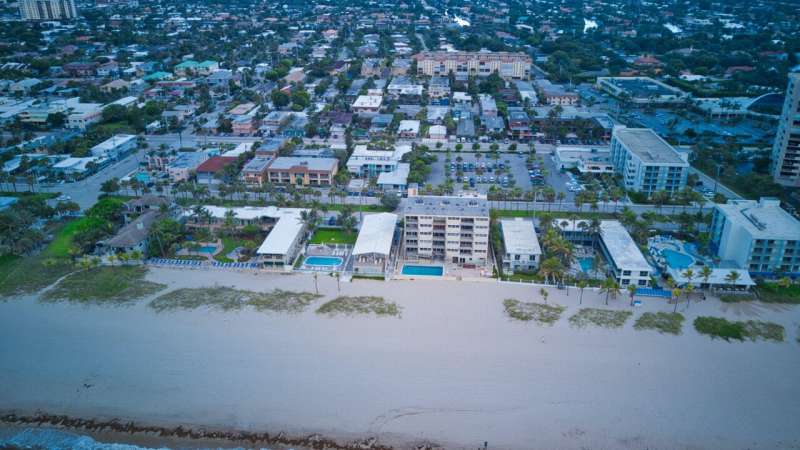
In their effort to provide decision makers with insight into the consequences of climate change, climate researchers are bringing order to the large number of sea level projections.
Aimée Slangen is a climate scientist at NIOZ and co-author of the IPCC climate report. Together with climate adaptation experts and IPCC authors, Slangen investigated the similarities and differences between the many sea level projections published in recent years.
“We found that the set of more than 80 different projections can be reduced to eight ‘families’,” says Slangen.
All families paint a similar picture for the first half-meter (20 inches) of sea level rise. Slangen says that “we will see the first half-meter rise before the end of this century, even if we start reducing greenhouse gas emissions on a large scale. For this period, it therefore makes little difference which family you use for sea level projections.”
According to adaptation expert Haasnoot, this therefore means that we can already start adapting to the consequences of sea level rise now. “Those who have to make the climate-proof decisions can already get started. However, it is important to take into account the uncertainty of the future. If you plan cleverly, you make sure that what you are doing now for a half meter sea level rise can be adjusted later for one meter. That will save a lot of money and effort.”
The larger the sea level rise, the more diverse the eight families become. Slangen says that “from 75cm to one meter (30 to 39 inches) sea level rise, it matters more which model approach you use and which climate scenario you follow.”
Slangen concludes that “for the first 25cm (10 inches) of sea level rise, the bandwidth of the timing is small: the projections show that this will happen before 2060. Half a meter (20 inches) rise will be reached before the end of the century. The larger the sea level rise, the larger the uncertainty. Depending on the family, 1.5 to 2 meter (59 to 79 inches) rise can be reached by the year 2100, but it could also be 2200 or later.”